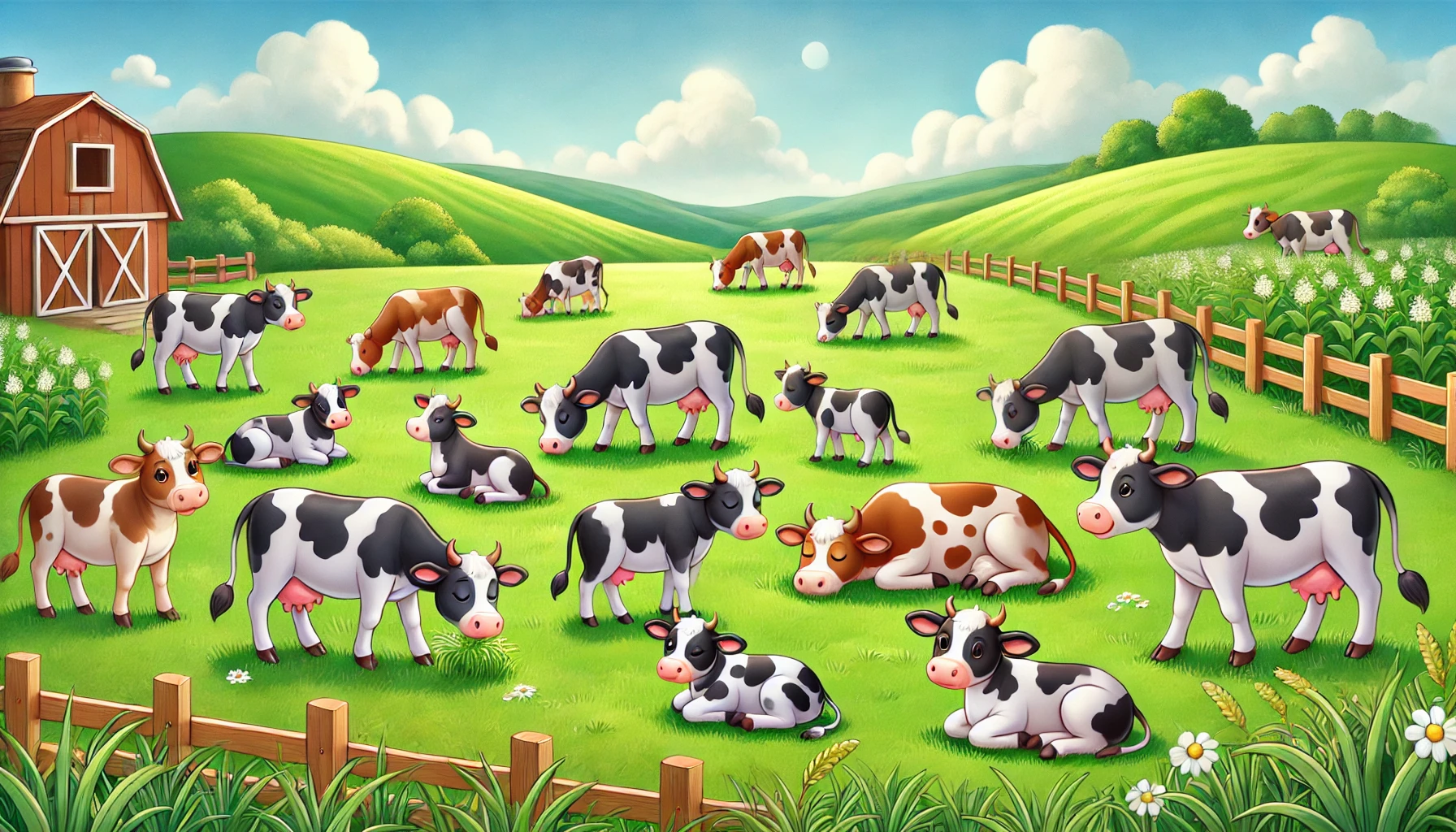Interesting Facts About Cows and Their Behavior
Interesting Facts About Cows and Their Behavior
Table of Contents:
- Introduction to Cows and Their Behavior
- The Different Breeds of Cows
- How Cows Contribute to Farming and Agriculture
- The Role of Cows in the Dairy Industry
- How to Care for Cows in Different Environments
- Conclusion: Understanding the Importance of Cows
Interesting Facts About Cows and Their Behavior
Cows have been a cornerstone of human civilization for thousands of years, providing milk, meat, and labor. Known for their gentle nature and significant role in agriculture, cows are fascinating animals with complex social behaviors. In this article, we will explore interesting facts about cows, their behavior, and their importance to global agriculture.
1. The Different Breeds of Cows
There are hundreds of different breeds of cows around the world, each bred for specific purposes, such as milk production, meat, or labor. Some of the most popular dairy breeds include the Holstein, known for producing large quantities of milk, and the Jersey cow, which produces milk rich in butterfat. Beef breeds like the Angus and Hereford are known for their high-quality meat. Each breed of cows is adapted to thrive in different climates and farming systems, which contributes to the diversity of cows in agriculture.
2. How Cows Contribute to Farming and Agriculture
Cows play a crucial role in farming and agriculture. In addition to providing milk and meat, cows help maintain healthy soils by grazing on grasslands, which helps prevent overgrowth and promotes biodiversity. Their manure is also a valuable resource, used as a natural fertilizer to enrich the soil and support crop production. In many rural areas, cows are also used for labor, such as plowing fields or pulling carts, making them indispensable for small-scale farmers around the world.
3. The Role of Cows in the Dairy Industry
Cows are the backbone of the dairy industry, providing milk that is used to produce a wide range of products, including cheese, butter, and yogurt. Dairy cows, particularly breeds like Holsteins and Jerseys, are selectively bred for high milk production and are integral to the global food supply. The average dairy cow can produce over 6,000 liters of milk annually, making them a vital component of the food industry. Cows in the dairy industry are typically kept in carefully managed environments to ensure their health and productivity.
4. How to Care for Cows in Different Environments
Caring for cows varies depending on the environment in which they are raised. In colder climates, cows grow thicker coats to protect themselves from harsh weather, but they also require shelter, adequate bedding, and a proper diet to maintain their health. In warmer climates, cows need access to shade, plenty of water, and proper ventilation to avoid heat stress. Providing the right care and environment for cows ensures their well-being and productivity, whether they are raised for dairy, beef, or labor.
5. Conclusion: Understanding the Importance of Cows
In conclusion, cows are remarkable animals that have played a critical role in human development and agriculture. Their contributions to the dairy industry, farming, and the global food supply are unmatched. From their ability to enrich soil through natural grazing to their production of milk and meat, cows are essential to the livelihoods of farmers and communities around the world. Understanding more about cows and their behavior helps us appreciate the crucial role they play in sustaining agricultural ecosystems and feeding the world.

<ⓒ WizardMedics (wizardmedics.com)>


